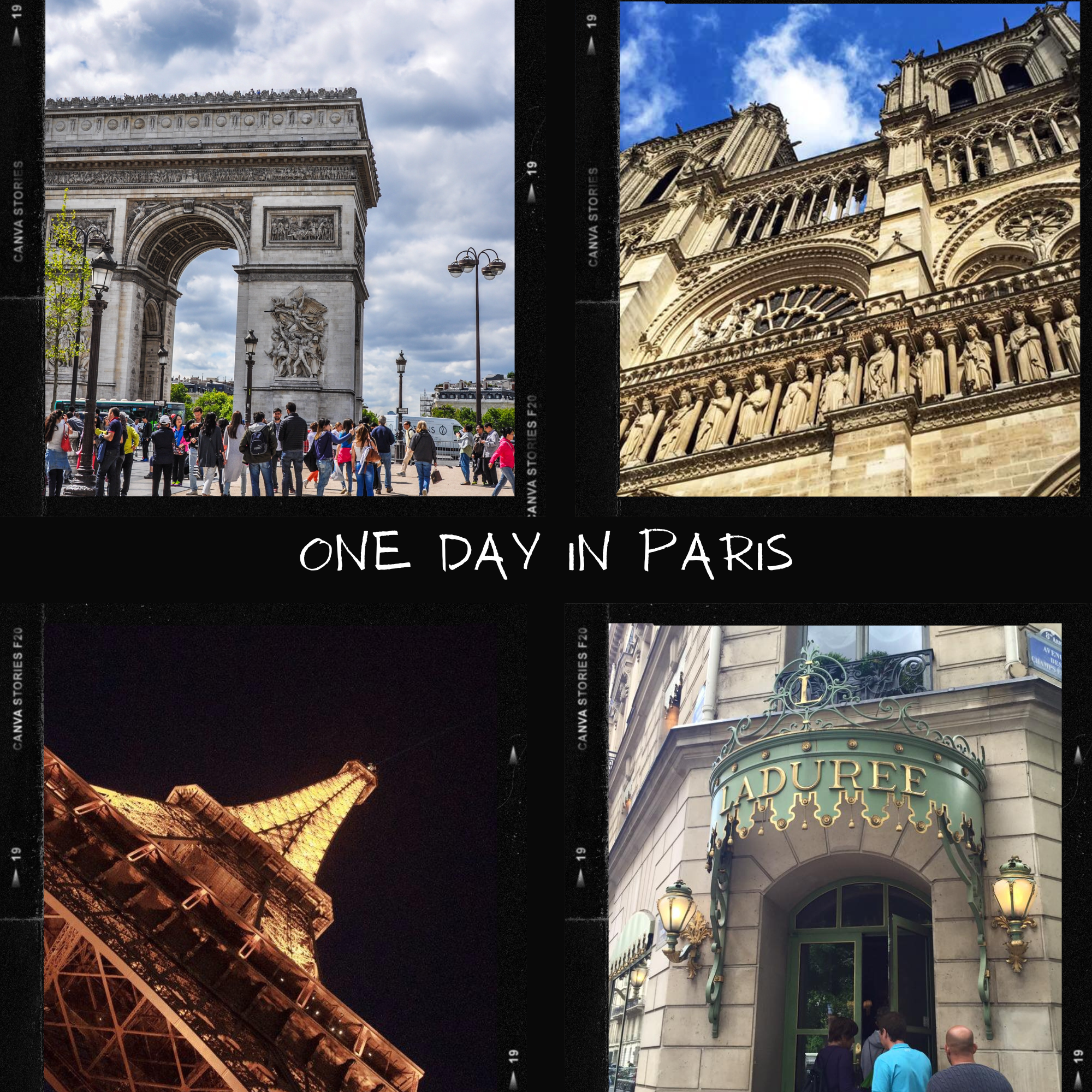Paris, the City of Light, offers a wealth of experiences that could take a lifetime to fully explore. However, even if you only have one day, you can still take a whirlwind tour of some of the city’s most iconic landmarks and experiences. From world-class architecture to stunning views of the twinkling Eiffel Tower, a day in Paris promises to be unforgettable.
Early Morning: A Journey Underneath Paris – The Catacombs
Delve deep into the underbelly of Paris by visiting the Catacombs. Be sure to arrive early to beat the crowds. This underground ossuary holds the remains of over six million people. It’s a sobering experience but a fascinating look into the city’s history. Here is a tour for the Catacombs.
The Catacombs of Paris are a vast underground network of tunnels and chambers that serve as a final resting place for millions of Parisians. Originating in the late 18th century, the Catacombs were created to alleviate overcrowding in the city’s cemeteries. The limestone quarries beneath the city were repurposed to house the remains, creating an intricate subterranean ossuary.
Visitors to the Catacombs can walk through a portion of the tunnels, which are lined with walls of human skulls and bones. It’s a sobering and fascinating experience that offers a glimpse into the history and the challenges faced by the city in earlier times. However, it’s worth noting that the public area is just a small section; the majority of the Catacombs are off-limits and illegal to access. Despite this, there’s a subculture of “cataphiles” who explore the unauthorized sections, though this is highly dangerous and illegal.
Overall, the Catacombs of Paris offer a unique, if somewhat macabre, insight into the city’s history and its relationship with life, death, and urban planning.

Midday: An Arc Above the Rest
After your visit to the underground ends, head over to the Arc de Triomphe. The monument stands proudly at the top of the Champs-Élysées and offers stunning panoramic views of Paris.
The Arc de Triomphe is one of the most iconic landmarks in Paris, France. Commissioned by Napoleon Bonaparte in 1806 after his victory at Austerlitz, the monument was intended to honor the French army. It stands at the top of the Champs-Élysées, one of the most famous avenues in the world, and forms the backdrop for many national events and parades.
The design of the Arc de Triomphe was inspired by ancient Roman arches. It features intricate sculptures and reliefs that depict various scenes of battle and lists the names of many who fought and died for France. An eternal flame also burns beneath the arch, in memory of the unidentified soldiers who perished in both World War I and II.
Visitors can climb to the top of the arch for panoramic views of Paris, including the Eiffel Tower and Sacré-Cœur Basilica. The Arc de Triomphe serves not just as a historical monument, but as a symbol of national pride and unity for the French people. Overall, it’s a must-see attraction for anyone visiting Paris, offering both architectural grandeur and deep historical significance.

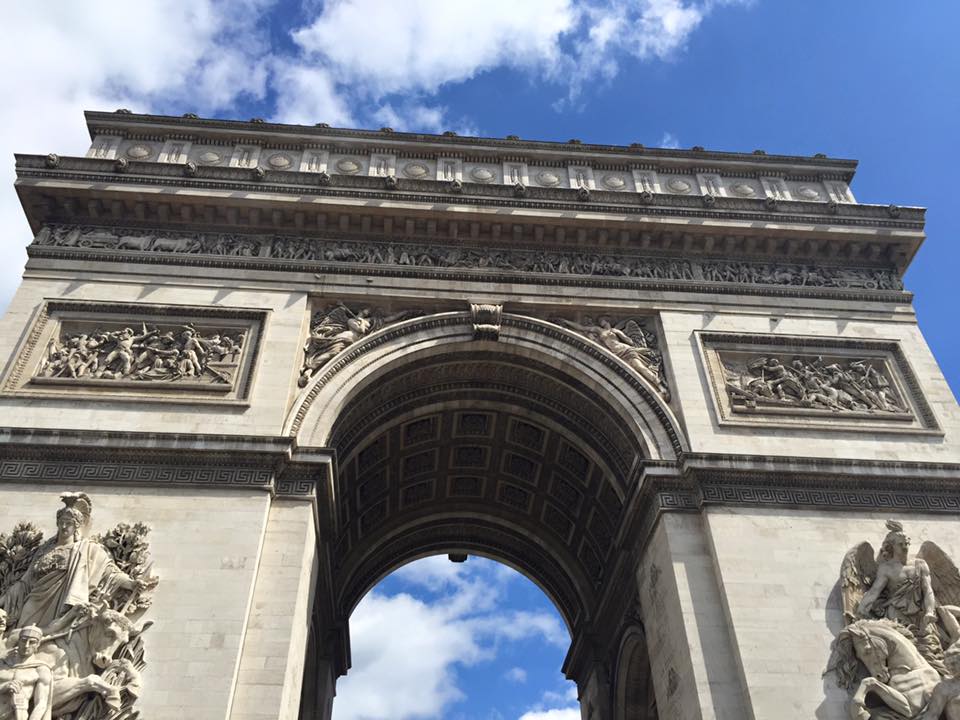
Early Afternoon: Sweet Treats at Ladurée
After seeing the Arc, head to Ladurée for an afternoon treat. Known for their macarons, Ladurée is the perfect place to relax and enjoy a bit of Parisian indulgence. Choose from a variety of flavors, but you can never go wrong with classics like raspberry or vanilla.
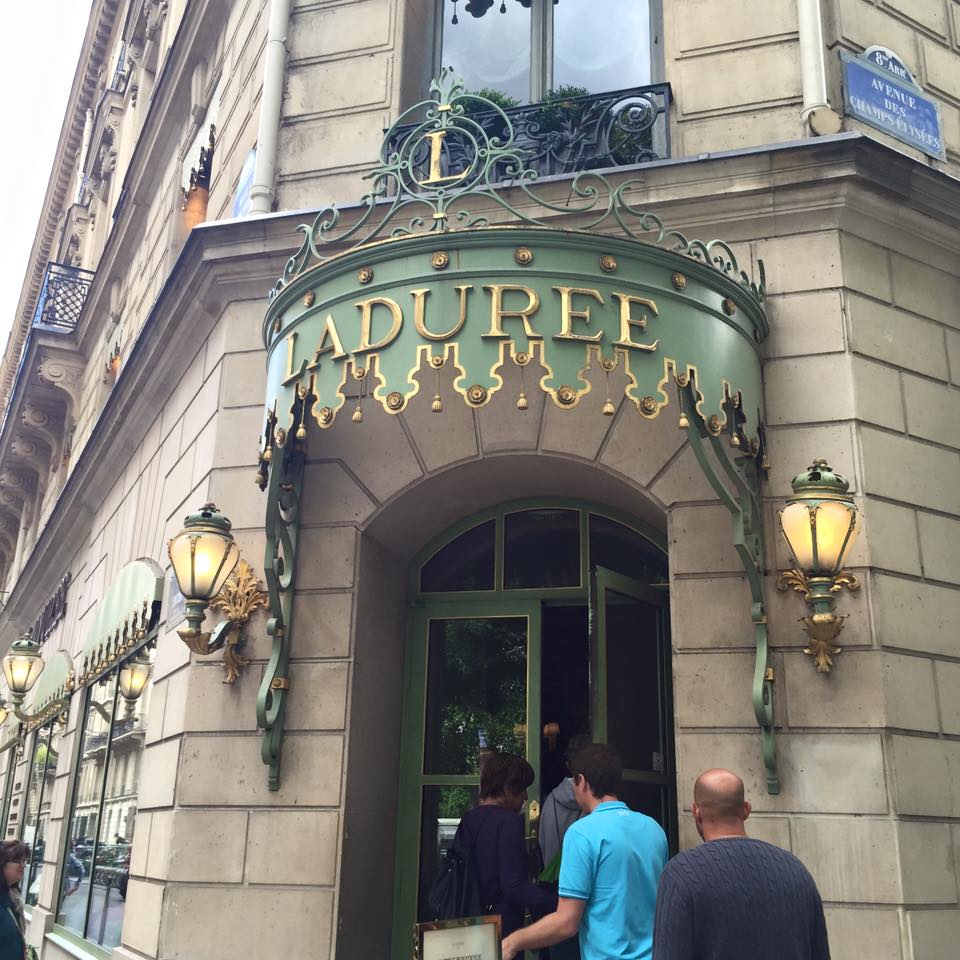

Late Afternoon: Notre Dame Cathedral
Though still under reconstruction due to the fire in 2019, Notre Dame Cathedral remains a must-see. Its intricate façade and the temporary visitor center offer insights into the history and ongoing restoration of this iconic cathedral. Even if you can’t go inside, the exterior is a marvel in itself. We travelled there in 2015 before the fire, so luckily we got to admire the interior as well.
The Notre-Dame Cathedral in Paris is one of the most iconic and revered Gothic cathedrals in the world. Located on the Île de la Cité, an island in the Seine River, the cathedral was constructed over nearly two centuries, starting in 1163 and largely completing by the 1340s. It’s renowned for its intricate sculptures, beautiful rose windows, and flying buttresses, which were an architectural innovation at the time.
The cathedral has played a significant role in French history, serving as the backdrop for many important events, including the coronation of kings and the beatification of saints. Its interior is equally impressive, with a grand nave, intricate woodwork, and stunning stained glass windows that create an ethereal atmosphere.
Tragically, Notre-Dame suffered extensive damage in a fire on April 15, 2019, causing its spire to collapse and damaging much of its wooden interior. However, the main structure was saved, and efforts are underway to restore the cathedral to its former glory.
Overall, Notre-Dame is not just an architectural masterpiece but also a symbol of France’s religious and cultural heritage. Its restoration is eagerly awaited, both by the people of France and admirers from around the world.
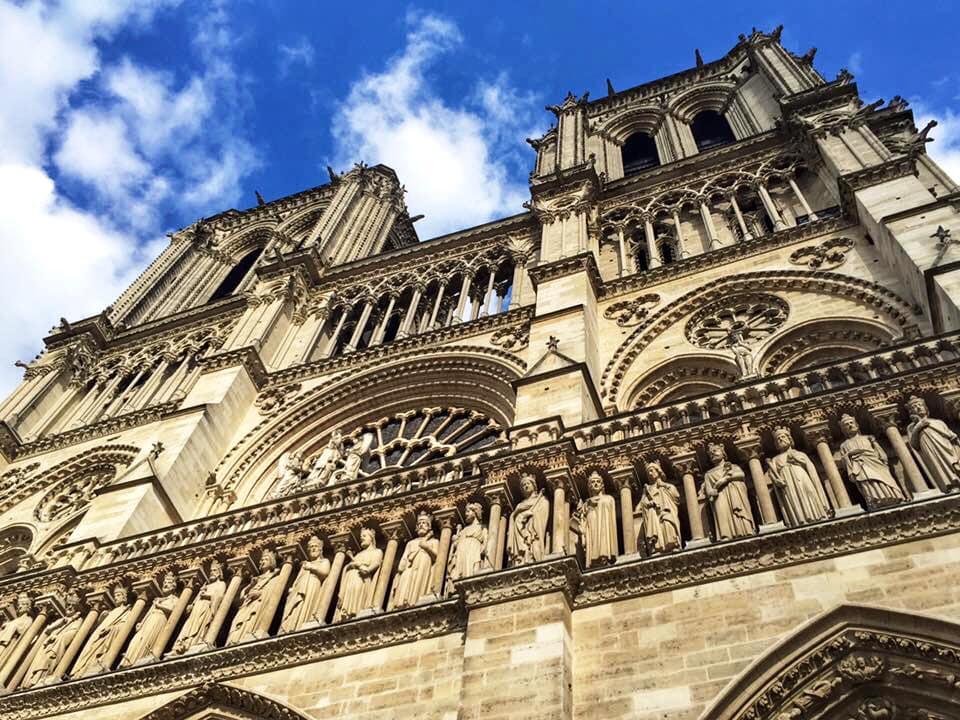


Night: The Eiffel Tower
End your day by visiting one of the most recognized landmarks in the world: the Eiffel Tower.
The Eiffel Tower, or “La Tour Eiffel” in French, is perhaps the most iconic symbol of Paris and one of the most recognizable structures in the world. Designed by the French engineer Gustave Eiffel and his team for the 1889 Exposition Universelle, a world’s fair marking the 100th anniversary of the French Revolution, the tower was initially met with public criticism. Many considered it an eyesore and not representative of the classical French aesthetic.
Constructed mainly of iron and standing at 330 meters (1,083 feet) tall, the Eiffel Tower was the tallest man-made structure in the world at the time of its completion. It has three levels open to the public, each offering different experiences, ranging from restaurants to observation decks. The tower is also home to various antennas used for radio transmission.
Over time, the Eiffel Tower has become not just an engineering marvel but also a symbol of French ingenuity and a testament to the human spirit’s aspiration for the skies. It’s estimated that more than 300 million people have visited since its opening, making it one of the most visited paid monuments in the world.
Beyond its role as a tourist attraction, the Eiffel Tower has served various functional purposes, from a weather station to a military radio post during World War I. Today, it remains a centerpiece for major events, including New Year’s Eve and Bastille Day celebrations, where it is often adorned with dazzling light shows.
You can Soirée at the Eiffel Tower that includes the following: Begin with priority access and ascend to the second floor, where your guide shares the Tower’s rich history and its place in Parisian culture — all while you take in panoramic city views. From there, continue to the summit, where a chilled glass of champagne awaits. Enjoy the skyline in its full splendor as day turns to night. Once this tour is over, go to the lawn and watch the twinkling of the lights!!
As darkness continues to fall, the tower is illuminated, offering a truly magical experience. Don’t miss the twinkling light show, which occurs for 5 minutes at the beginning of each hour after sunset.
In summary, the Eiffel Tower is much more than a steel structure; it’s a symbol of Paris, a marvel of engineering, and a testament to the evolving tastes and capabilities of humanity.
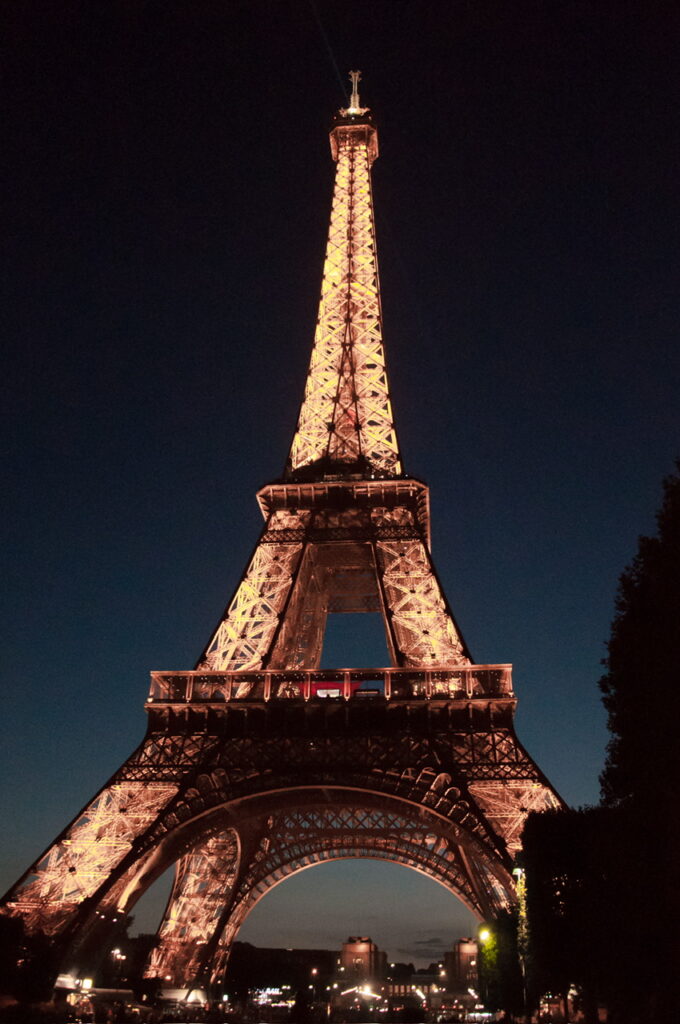

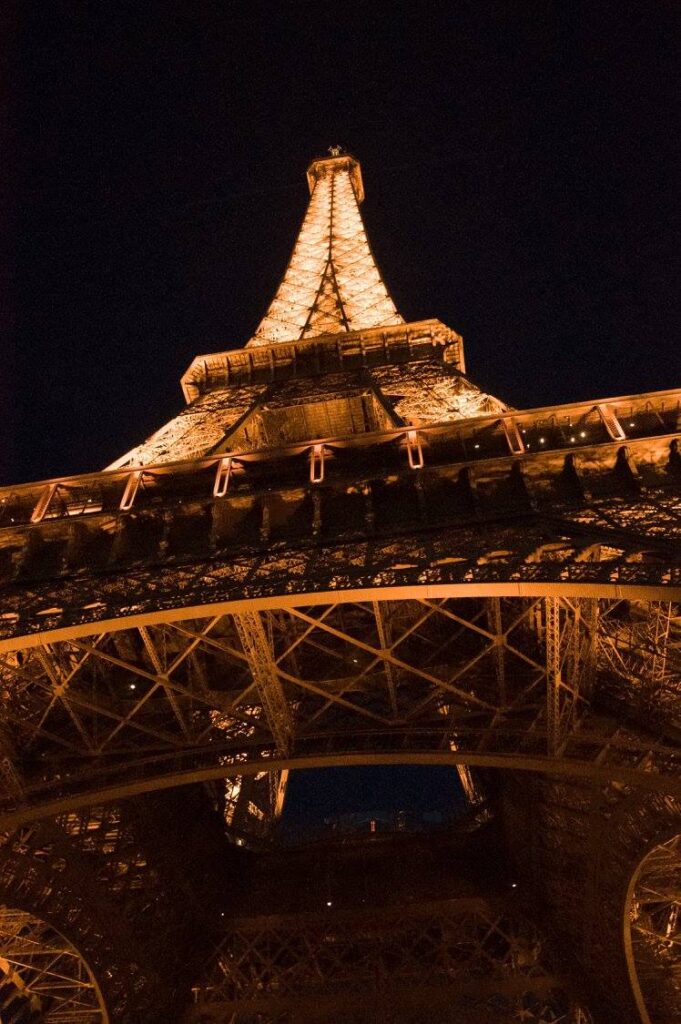
A single day in Paris can feel like a whirlwind, but it offers a taste of what makes this city so special. From art and history to food and views, Paris has something for everyone.
Additional Tips:
- Wear comfortable shoes; you’ll be doing a lot of walking.
- Keep an eye on your belongings; pickpocketing is common in tourist areas.
With just one day in Paris, you can experience the essence of the city and create memories that will last a lifetime. Be sure to check out all the beautiful chateaus of France too!
S&E

